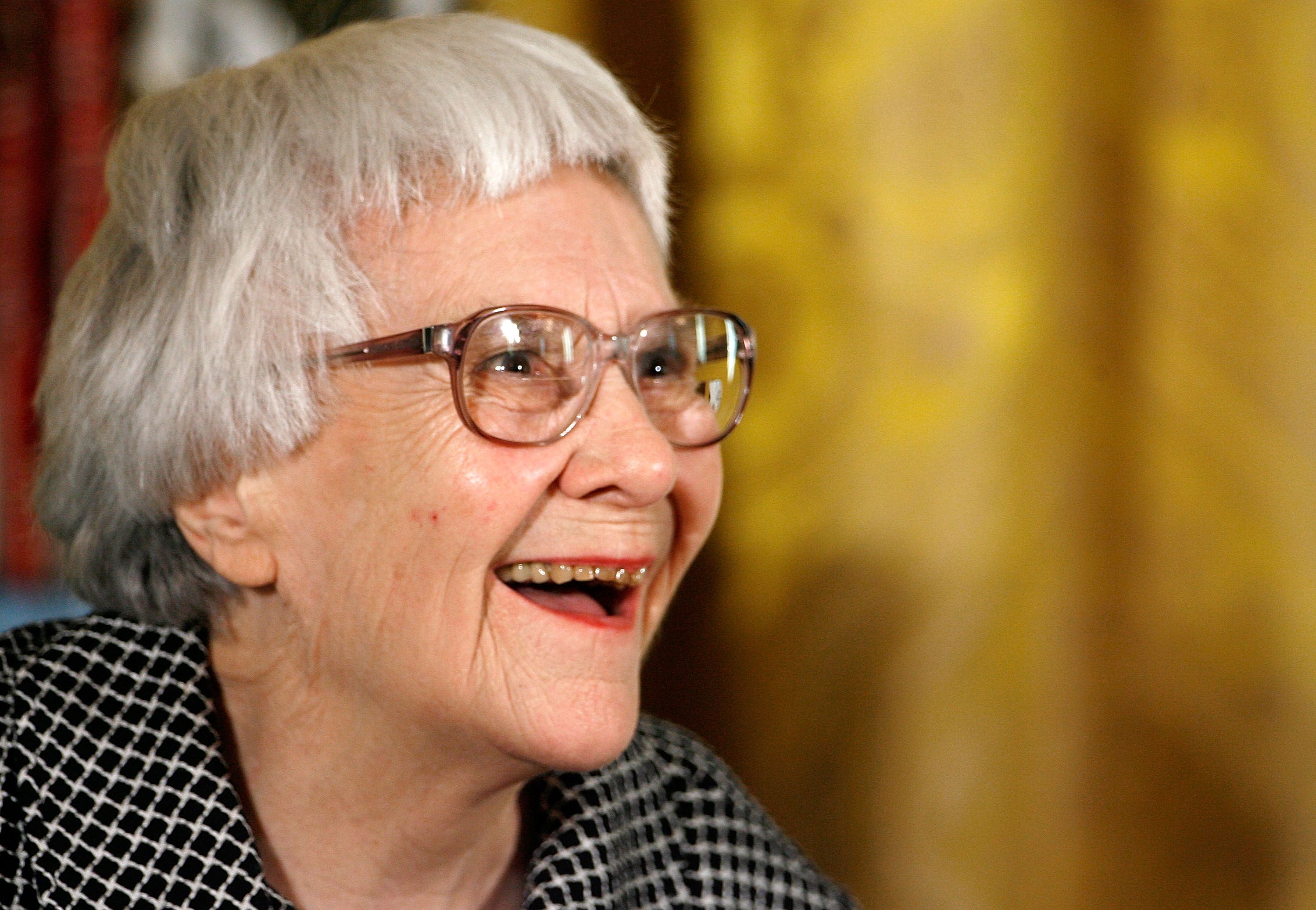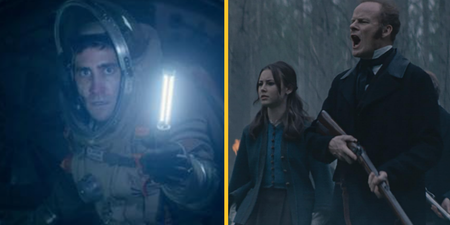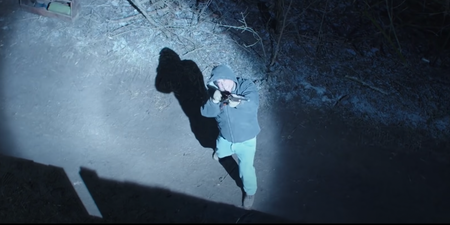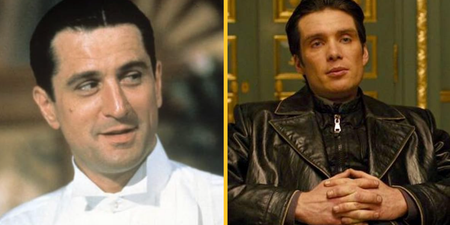We’re struggling to wrap our heads around this one.
There have never been all that many positives to take away from the supreme waste-of-time that is the Junior Cert.
Compared to learning about ox-bow lakes and ring forts, the lessons eloquently delivered by Harper Lee’s best-selling novel To Kill A Mockingbird seemed invaluable.
But all the Junior Cert students who spent hours agonising over essays about the virtues of Atticus Finch are about to feel rightly shafted (and not just because they have, by now, realised that agonising over the Junior Cert was pointless).
No, they and many others are going to feel aggrieved… because it turns out Atticus Finch was a racist. Really racist. Racist like a YouTube comments section.
Go Set a Watchman, set at the beginning of the American civil rights movement, features a very different Atticus to the one who has lent his name to the children and pets of hipsters around the world.
Finch was the hero of To Kill A Mockingbird, a story set in the sweltering racial tension of 1930s Alabama. In the novel he defends Tom Robinson, a black man, from false rape allegations at great personal cost because “the one thing that doesn’t abide by majority rule is a person’s conscience.”
Atticus’ commitment to justice and praise of the courts as the bastion that protects the truth that “all men are created equal” saw him named the greatest hero of American cinema by the American Film Institute.
Go Set a Watchman follows the narrator of To Kill a Mockingbird, Scout Finch, as an adult (now going by Jean Louise) as she journeys back to Maycomb to visit her father
Over the course of her visit, Scout discovers that Atticus had once attended a Ku Klux Klan meeting and has become a proponent of schools segregated by race.
It is clear that Atticus does not see himself as a bigot, but asks questions of Scout such as: “Do you want Negroes by the carload in our schools and churches and theaters? Do you want them in our world?”
Finch backs up his bigoted views by arguing that, “the Negroes down here are still in their childhood as a people.”
Atticus’ racism is condescendingly clear, as he asserts that the black communities have made great adaptations to (what he calls) white ways but are not yet fit to hold public office, or even vote.
It is not quite character development so much as it is a complete Darth Vader-isation of one of the world’s best-loved fictional characters in one fell chapter.
By releasing this second book, Lee has mangled a man of unimpeachable, impeccable morals into something unrecognisable. A deeply imperfect racist whose views were reaching their best before date in 1955, let alone 60 years later.
Questions will doubtlessly abound as to why Harper Lee made such a controversial choice.
Perhaps Lee’s decision was a deeply complex one, and by questioning a character held up for so long as an example of all that is just and righteous, she is bidding her readership to look harder at things we take for granted as good that may in fact be part of the problem – an issue that grows more relevant by the day in America, where black people suffer disproportionately at the hands of institutions that should protect them.
Lee, now 89, stopped doing publicity for To Kill a Mockingbird in 1964 and had not released another book up until yesterday. Having suffered a stroke in 2007, she now resides in an assisted living centre and is unlikely to have any promotional obligations for Go Set a Watchman.
This gives rise to a final and more sinister theory that may explain the sudden transformation of the legendary character. Lee seems to have finished writing Go Set A Watchman before she began work on To Kill A Mockingbird and has not edited it since.
There is evidence of this elsewhere in the book. To Kill A Mockingbird is about the trial of Tom Robinson, a black man wrongly found guilty of the rape of a white girl. Throughout Go Set A Watchman, any reference to that trial refers to Tom Robinson’s acquittal.
This is a second unexplained error in continuity between the two books that would be easily explained by Harper Lee not having changed Go Set A Watchman since she finished it in the mid-1950s.
This raises questions over whether or not it was Lee herself who made the decision to publish Go Set A Watchman.
After all, what author would write a book, scrap it, update the book and change the story only to release the scrapped book as a sequel?
While this is comforting for readers who would console themselves that the Atticus Finch we know from To Kill A Mockingbird was Lee’s final incarnation of the character, it raises worrying questions over how much input the author truly had in the development and release of Go Set A Watchman – a book that is, at best, suspiciously hard to reconcile with its sibling.
LISTEN: You Must Be Jokin’ with Aideen McQueen – Faith healers, Coolock craic and Gigging as Gaeilge














































